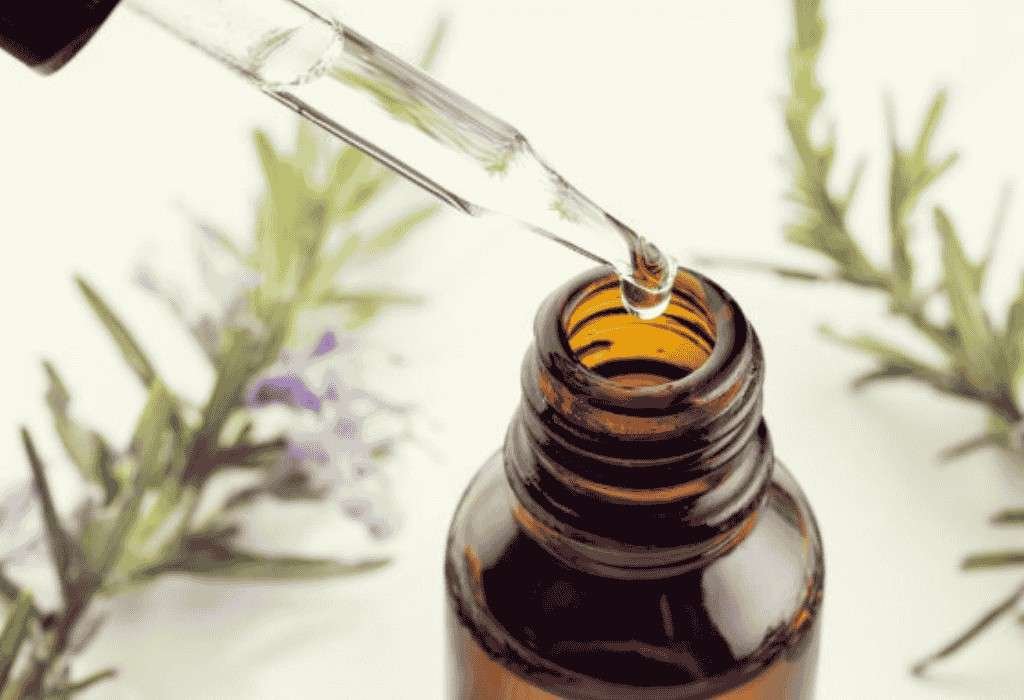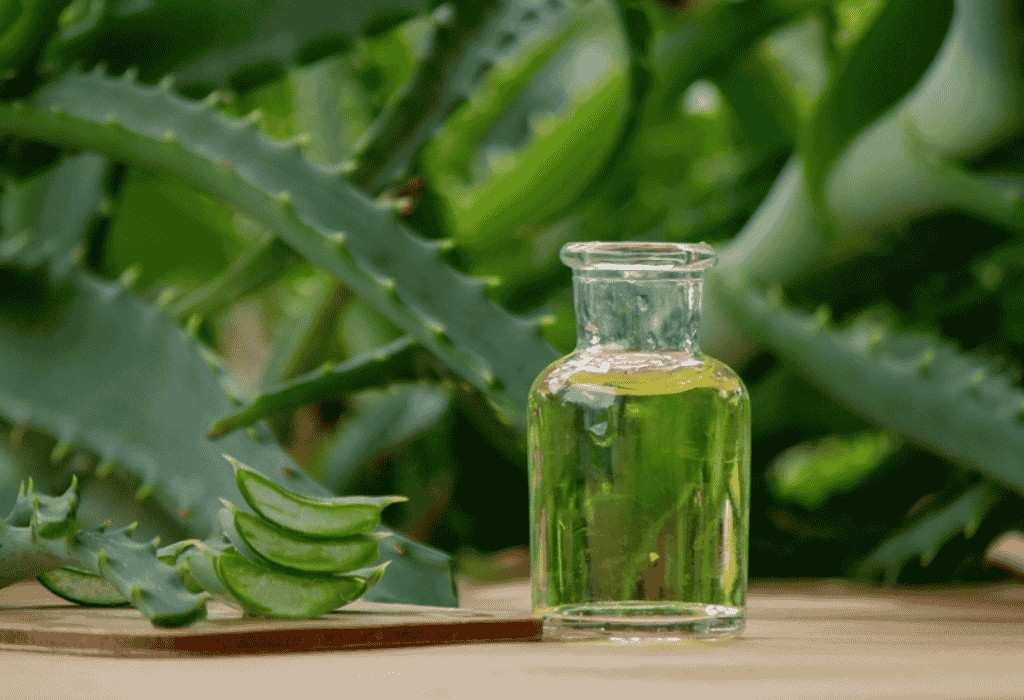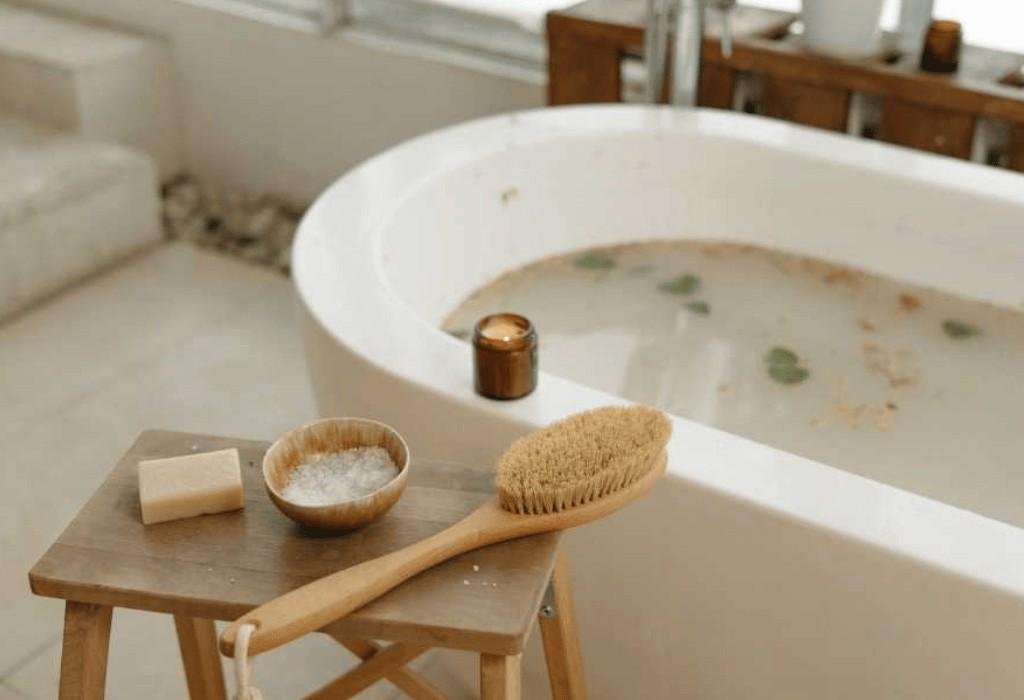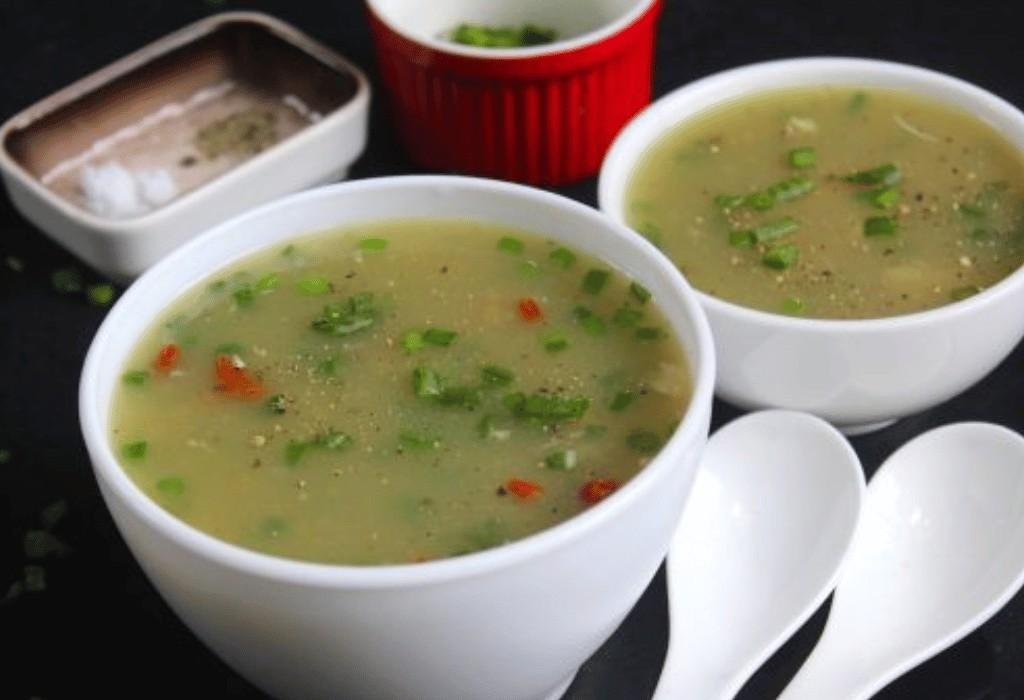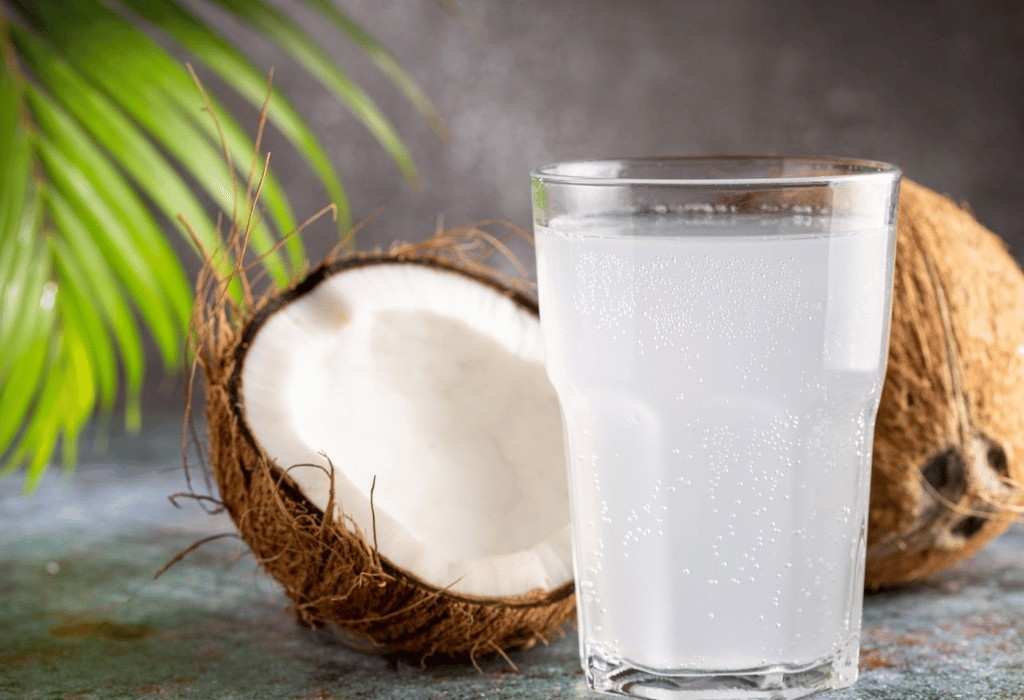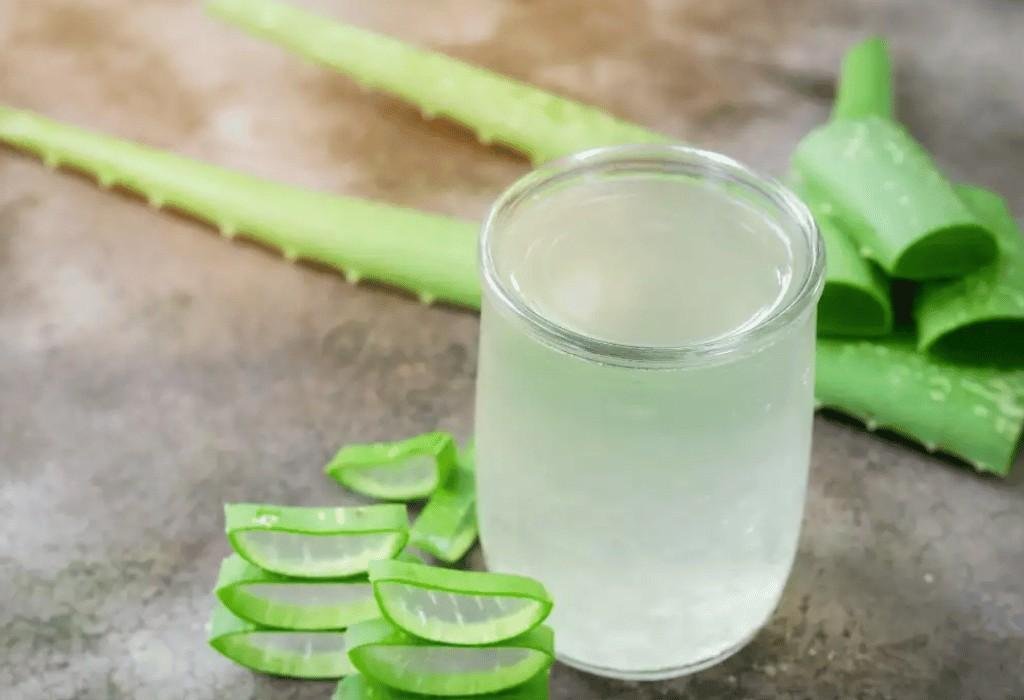Top 6 Pilonidal Sinus Home Remedies
- March 5, 2025
Introduction
Pilonidal sinus is a condition that commonly affects young adults, occurring when hair, dirt, and debris become trapped in the skin near the tailbone. This can lead to infection and the formation of a painful cyst or abscess. While the condition can be uncomfortable, many mild cases can be managed with simple pilonidal sinus treatment options, including pilonidal sinus home remedies and non-invasive treatments. If left untreated, pilonidal sinus can worsen, causing more severe pain and complications. With the right care, however, it is possible to relieve symptoms and avoid the need for surgical intervention. In this blog, we’ll explore some of the most effective home remedies for managing infected pilonidal sinus.
Causes of Pilonidal Sinus
Pilonidal sinus typically forms when hair follicles become clogged with dirt, debris, or sweat, triggering inflammation and infection. Some of the common causes behind the development of pilonidal sinus are:
- Ingrown Hairs: Hair that grows into the skin instead of outward can lead to the formation of a pilonidal sinus.
- Excessive Hair Growth: Areas around the tailbone that have dense hair are more vulnerable to the development of a pilonidal sinus.
- Lack of Hygiene: Poor cleaning and maintenance of the affected area increase the risk of infection.
- Extended Sitting: Spending long periods seated can cause friction and irritation in the tailbone area, which may lead to pilonidal sinus.
- Genetic Factors: A family history of pilonidal sinus increases the likelihood of developing this condition.
Understanding these underlying causes is essential for pilonidal sinus prevention and managing the condition effectively.
Here Are 6 Pilonidal Sinus Home Remedies
While medical intervention is sometimes necessary, many people find relief from pilonidal sinus with simple home remedies. Here are six effective and easy-to-follow home treatments to manage pilonidal sinus :
1. Warm Compress for Pain Relief
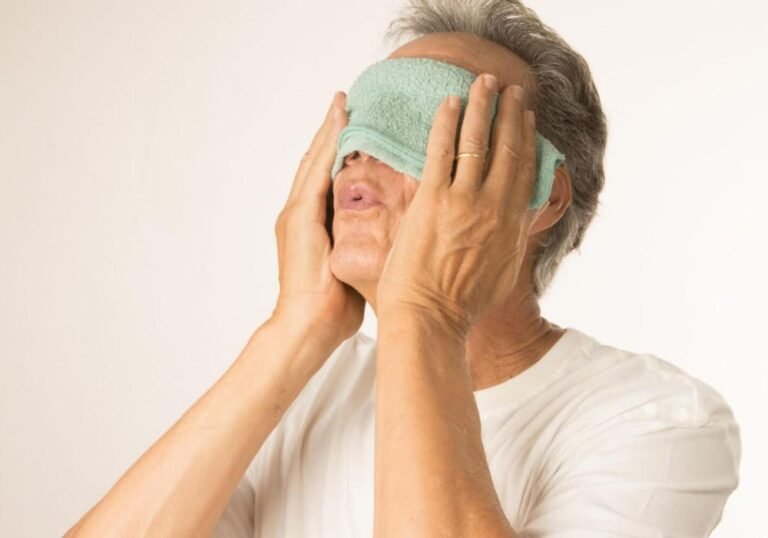
Applying a warm compress helps alleviate pain and reduce swelling by improving blood flow to the affected area. It also promotes the drainage of pus if an infection is present, helping with infected pilonidal sinus.
How to Use:
- Soak a clean cloth in warm water.
- Gently press it against the affected region for 10-15 minutes.
- Repeat this process 2-3 times daily to relieve discomfort and pain.
2. Tea Tree Oil for Infection Control
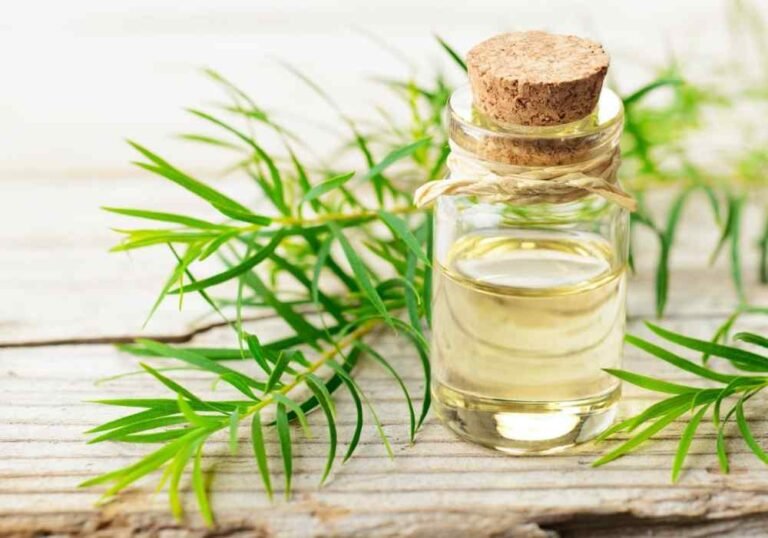
Tea tree oil is well-known for its antiseptic and anti-inflammatory properties, making it an excellent choice for managing pilonidal sinus. It helps reduce swelling, fight infection, and promote healing, essential for pilonidal sinus treatment.
How to Use:
- Combine a few drops of tea tree oil with a carrier oil like coconut oil to create a diluted mixture.
- Apply it gently to the affected area with a cotton ball.
- Allow the mixture to stay on the skin for 15 to 20 minutes, then gently wash it off with warm water.
- For optimal outcomes, repeat this application once or twice daily.
3. Epsom Salt Bath for Healing

An Epsom salt bath is an effective way to soothe the affected area, reduce inflammation, and prevent bacterial growth. The salt draws out toxins and bacteria, aiding the healing process and preventing pilonidal sinus recurrence.
How to Use:
- Fill a bathtub with warm water and add 2-3 tablespoons of Epsom salt.
- Soak in the bath for 15-20 minutes, allowing the salt to work its healing magic.
- For optimal results, apply this remedy two to three times each week.
4. Apple Cider Vinegar for Antibacterial Benefits

Apple cider vinegar is known for its natural antibacterial properties, which can help cleanse the affected area and prevent further infections.
How to Use:
- Blend equal ratios of apple cider vinegar and water to create a solution.
- Soak a cotton ball in the mixture and apply it to the pilonidal sinus for 10-15 minutes.
- Rinse with warm water and repeat 1-2 times daily for effective results.
5. Turmeric Paste for Swelling and Inflammation

Turmeric, rich in the anti-inflammatory compound curcumin, is a powerful remedy for reducing swelling and fighting infections in the affected area. It’s also great for promoting faster healing and aiding in pilonidal sinus treatment.
How to Use:
- Combine turmeric powder with water or coconut oil to form a smooth paste.
- Apply the paste to the pilonidal sinus and leave it on for 20-30 minutes.
- Rinse with lukewarm water and repeat this treatment 2-3 times per week.
6. Aloe Vera Gel for Skin Healing
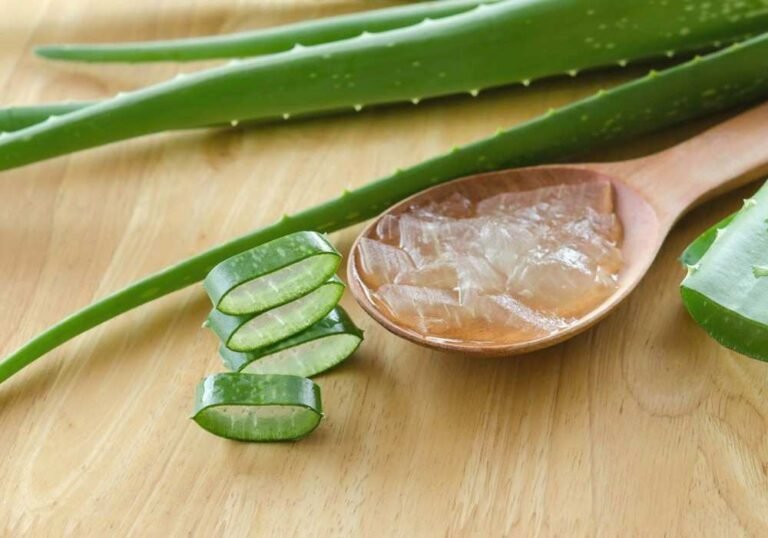
Aloe vera is well-known for its skin-calming properties and its effectiveness in minimizing inflammation. It can be particularly useful for treating pilonidal sinus, as it promotes natural skin healing.
How to Use:
- Extract fresh aloe vera gel from the plant or use pure aloe vera gel from a store.
- Gently apply the gel to the affected area and leave it on for 20 minutes.
- Repeat this process 2-3 times daily for relief and faster healing.
Why Choose Dr. S.K. Singh for Your Pilonidal Sinus Treatment?
If you’re looking for advanced care for pilonidal sinus, Dr. S.K. Singh is a trusted proctologist with over 30 years of experience. He specializes in pilonidal sinus ayurvedic treatment, which offers a natural and holistic approach to treating this condition. His expertise includes Kshar Sutra treatment, a proven non-surgical technique that provides effective healing for pilonidal sinus and other anorectal issues.
Dr. S.K. Singh is regarded as one of the best proctologists in Delhi, ensuring patients receive the highest quality care. He also offers the best Kshar Sutra treatment in India, which combines traditional Ayurvedic healing with modern medical practices for optimal results.
- 30+ years of experience in anorectal treatments.
- Specializes in non-surgical, less invasive methods.
- Expert in Kshar Sutra for effective healing.
- Provides personalized, holistic care for better results.
For effective, non-surgical solutions, Book an appointment today.
Conclusion
Pilonidal sinus can be a painful and frustrating condition, but with the right home remedies, many people find relief and manage their symptoms effectively. Remedies like warm compresses, tea tree oil, Epsom salt baths, and turmeric paste can help reduce inflammation, prevent infection, and promote healing. To ensure pilonidal sinus prevention, it’s important to maintain good hygiene and take proactive steps. While pilonidal sinus home remedies can be effective for mild cases, more persistent or severe cases may require medical attention. Addressing the condition early can also help reduce the risk of pilonidal sinus recurrence and its associated complications. If you’re looking for expert treatment, Dr. S.K. Singh, with over 30 years of experience, offers non-surgical solutions like Kshar Sutra treatment in Delhi for effective and lasting relief from pilonidal sinus.





